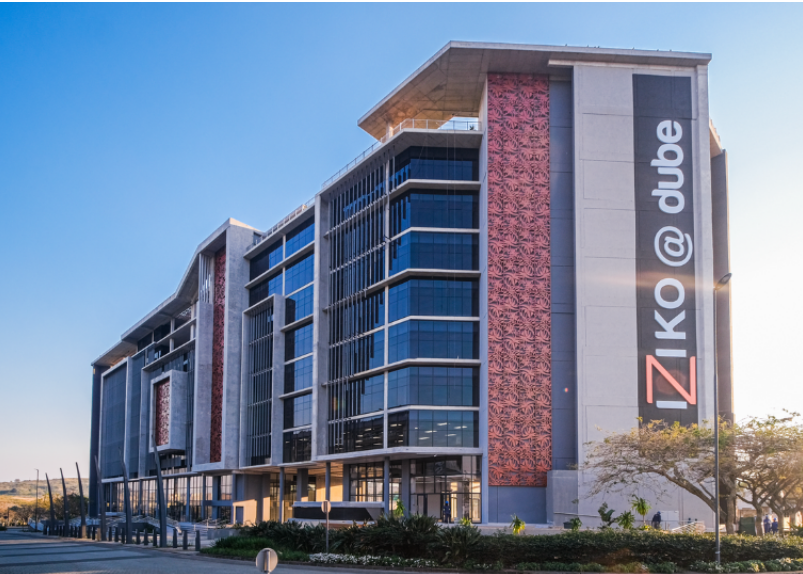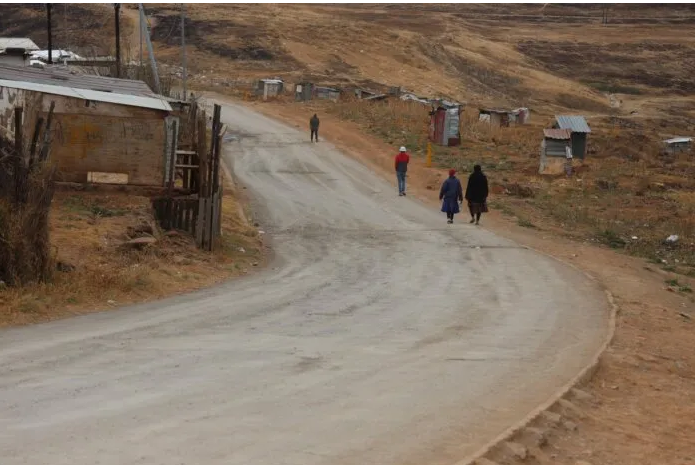What urban changes lie ahead for Cape Town's Woodstock?

Advertising
20-03-2013
Read : 78 times
IOL Property.co.za
Source
Call it what you will - urban renewal, gentrification, Chelsea-fying - that crowded and chaotic corridor of Cape Town, wedged uncomfortably between freeways and railway lines, is certainly going through another round of seismic change at the moment.
Just before the global financial crisis, Woodstock seemed to be irresistibly headed up the scale.
Use any tangible indicator of trendiness you like - ad agencies, coffee shops, eateries on "best restaurant" lists, markets, antique shops, galleries, retail outlets with names like The Pink Dalmation Furniture Company - they were all increasing in the Woodstock area prior to 2008.
The result was a wonderful, fresh retail experience for the elite and considerable angst about the social and economic consequences of it all, especially for the current residents and shop tenants who would soon be unable to afford the ratcheting rents.
Sub-prime abruptly parked those debates for a while. Property developers lost their appetite for bold rolls of the dice in down-market areas and some shiny new office blocks and shops in Woodstock stood largely empty for a long time.
But, rather suddenly, it seems like it's game-on again. I work a lot in that part of the world and have noticed new stuff sprouting everywhere. You can't find a parking space for love or parking attendant money - not just on Saturdays, when the organic marketeers block the streets with SUVs, but throughout the week as well.
The new fashion in the area seems to be discreet up-an-alley malls, almost hidden from the passing parade on the main street, offering things like Hot Cross Bun Nougat - I kid you not.
With the new momentum of development comes the old debates, which Laura Wentz summarised well on the Daily Maverick website this week and Nadine Botha explored a while ago in the Mail & Guardian.
The ANC and most urban planners want inclusive inner cities ("mixed usage" in the jargon) and Woodstock is one of the very few places close to the Cape Town CBD where we have just such a thing - wealthy, middle class, working class and indigent all cheek by jowl and a rich intermingling of retail and residential space.
The racial mix is also intriguing as Gatsby outlets, Chinese R5 shops, Congolese internet cafes, chapels like The Home of Signs and Wonder, dodgy pool halls, discount bed shops and bespoke shoe boutiques sit in the same small block, attracting very different clientele.
The theory of this "mixed usage" is sometimes better than the reality.
When my daughter had her handbag stolen at a trendy Woodstock market on a Saturday afternoon (a very common occurrence I later discovered), I searched the neighbouring streets in the vain hope that the thief might have taken the money and discarded the immense hassle-factor objects like the driving licence, and felt like I was having a Bonfire of the Vanities experience lost in an unsanitary, unsafe and intimidating parallel universe which reeked of urine, dagga and alcohol.
Should the malls and markets continue to thrive in Woodstock, then more will follow, and in their wake will come the urban-living apartments and the expensive make-overs of what is currently low-income housing.
The place would look prettier and more prosperous, but the consequent displacement would be a serious concern.
That's the problem clearly defined, but please don't ask me for the resolution. Resisting macro tides of urban development is usually a Canute-like exercise anywhere in the world, but if Woodstock ends up looking like the Cape Quarter on a much bigger canvas, then Cape Town will be a poorer and less integrated city.
Recent News
Here are recent news articles from the Building and Construction Industry.
Have you signed up for your free copy yet?









